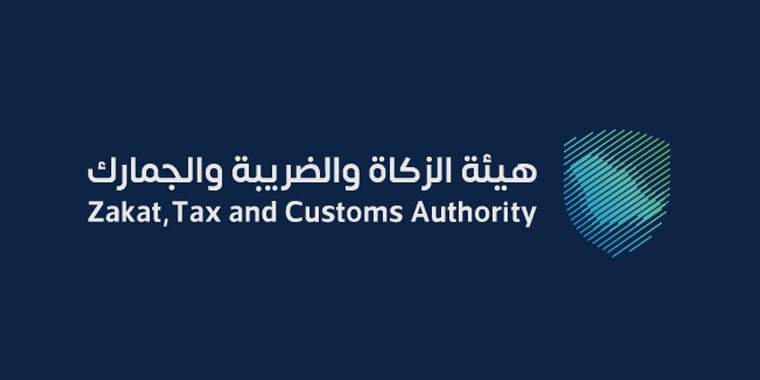
The Zakat, Tax and Customs Authority (ZATCA) of Saudi Arabia had introduced e-invoicing in the kingdom on 4th December 2021.
The regulation mandated that invoices had to be generated by computer via text editing software by businesses subject to VAT.
Arabic was the primary language and it was compulsory to have the invoices in Arabic.
Businesses can choose to include additional languages of their choice if they so wished.
The regulation also made it mandatory to store the issued e-invoices with the necessary fields that included QR codes and other requirements.
B2C, B2B, and B2G businesses that deal in taxable products and services come under the ambit of e-invoicing.
The process of implementing this regulation has two phases.
The first phase included the issuing and storing of e-invoices using an online system that was aligned with the ZATCA regulations.
Cloud-driven solutions, online cash registers, E-invoicing software, etc. are examples of usable invoicing systems.
It is important that all mandatory boxes must be filled in, and that the invoice must contain all necessary information like the name and VAT number of the issuer, and the time of issue.
ALSO READ: What are the Benefits of e-invoicing for your Business?

The second phase is known as the integration phase and has more requirements; the most important ones are:
i) that the e-invoicing solutions should be integrated with FATOORA, the ZATCA platform
ii) that the e-invoices must stick to the format as specified, and
iii) that additional fields need to be included in the e-invoice.
ZATCA also announced that the second phase or the Integration Phase would happen in waves, gradually.
They also announced that the date of the waves would be informed six months prior to their date of integration.
As per ZATCA, the launching of the integration phase is in line with the digital transformation and economic advancements occurring in KSA, and an extension of the success of the first phase of the e-invoicing implementation.
Phase One successfully increased the consumer protection levels in Saudi Arabia, and taxpayers were quick to familiarize themselves with the requirements and comply with them.
The second phase is being activated this year, with taxpayers being asked to generate and file their electronic invoices to confirm their validity.
By integrating with the ZATCA system, Saudi authorities will be able to verify transactions to evaluate their tax obligations.
There are even more requirements, including technical measures that businesses need to adopt in the second phase.
Ergo, it makes sense to develop standards that are in compliance with ZATCA regulations so that you can seamlessly sync with their system.
You need to ensure that your system is designed to operate with third-party external systems without hitches.
ALSO READ: How ERP Software is Playing Role to Improve Business Productivity?
Let’s take a look at the most important changes made to the legislation:
The first wave started on January 1, 2023. The target businesses: those with a yearly taxable revenue over SAR 3 billion in 2021. The integration period: January 1, 2023 – June 30, 2023.
The target businesses were sent notifications well in advance so that they would get ample time to bring in the changes without disrupting their business.
In the first wave, businesses had to issue e-invoices in XML, PDF/A-3, and other dedicated formats.
This wave will bring businesses with a yearly taxable income of over 0.5 billion in 2021/2022, and the integration period was from July 1, 2023, to December 31, 2023.
ALSO READ: Why Tranquil is One of the Most Trusted ERP Solution Providers in GCC?
All tax-paying businesses whose taxable revenues exceeded SAR 250 million in 2021/2022 are included in this wave.
The integration period is fixed for October 1, 2023, to 31 January 2024.
ZATCA has determined that in the fourth wave, all taxpaying businesses whose annual revenues crossed SAR 150 million in 2021 or in 2022, would be included and that they would have to integrate their electronic invoicing systems with ZATCA’s FATOORA platform, beginning from 1 November 2023.
It should be noted that those businesses not complying with these regulations will be severely penalized by the authorities.
ALSO READ: Benefits of Having an Employee Self-Service System

It is essential that you modify your system to make changes in your system to align it with the new e-invoicing regulations announced in the kingdom of Saudi Arabia.
With integrating solutions that can help you comply with the latest regulations regarding e-invoicing, you can help your business stay secure.
You can also avoid regulatory issues and additional scrutiny.
With simplified tax invoice features, you can fulfil your obligations with regard to taxation and invoices.
At Tranquil, we can help you ensure compliance with ZATCA e-invoicing requirements. You just have to provide your data and get an API connection to fulfil your invoicing requirements. We can help you validate the data and generate invoices free of errors, get the clearance XML invoice, and get the certified XML back from ZATCA. We will also add the second phase QR code and the certified XML in existing invoice to churn out the final PDF A-3 invoice. We can also set up auto-emailing of the final PDF A-3 invoice to your customer and archive your electronic invoices for up to 6 years on remote/cloud servers. All you have to do is get in touch with us with your requirements, and we will take it from there.